Table of Contents
If you have a dog, grooming is an essential part of their care routine. One of the most critical aspects of dog grooming is choosing the right clipper blade size. Understanding the different clipper blade sizes and their uses can help you achieve the perfect cut for your furry friend.
A hair-length dog grooming blade chart can be a helpful tool for any dog owner. It provides a visual representation of the different blade sizes and their corresponding hair lengths. With this chart, you can easily determine the right blade size for your dog’s breed and desired haircut.
Hair Length Dog Grooming Blade Chart
- A hair-length dog grooming blade chart is a useful tool for any dog owner.
- Understanding the different clipper blade sizes and their uses can help you achieve the perfect cut for your furry friend.
- With a hair-length dog grooming blade chart, you can easily determine the right blade size for your dog’s breed and desired haircut.
Understanding Dog Hair Length
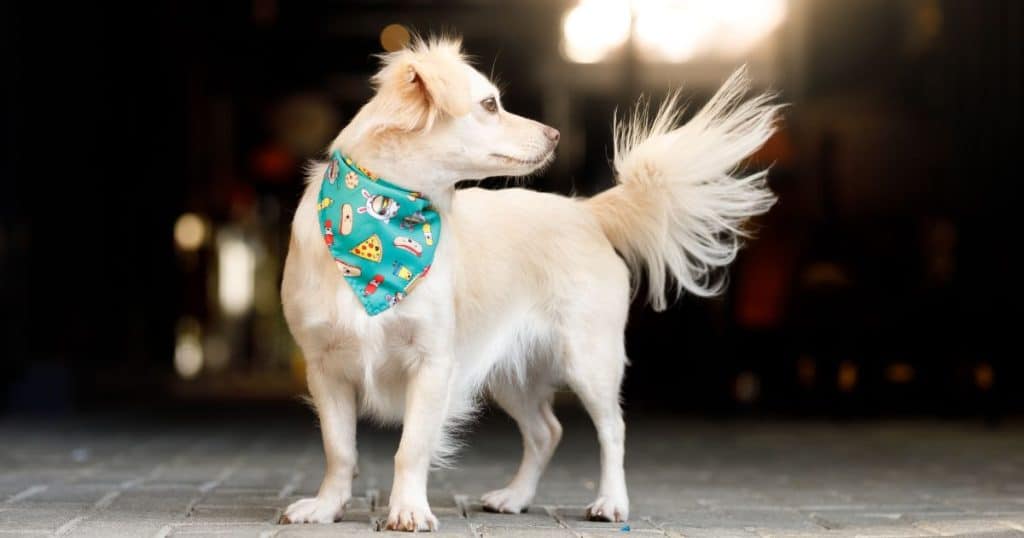
When it comes to dog grooming, understanding the different hair lengths is crucial to achieving the desired look. Using the right clipper blade size can make all the difference in creating a polished and professional appearance for your pet.
Dog hair lengths are typically categorized as short, medium, or long. Short hair is less than an inch long, medium hair is between one and four inches long, and long hair is over four inches long. It’s important to note that some breeds may have varying hair lengths on different parts of their body.
To determine the appropriate clipper blade size for your dog’s hair length, refer to a dog clipper blade size chart. These charts provide a list of blade sizes and the corresponding hair length they will leave behind. For example, a #10 blade will leave a hair length of 1/16 inch, while a #7 blade will leave a hair length of 1/8 inch.
It’s important to use the correct blade size for your desired result. Using a blade that is too short can result in a patchy appearance, while using a blade that is too long may not effectively remove enough hair.
In addition to clipper blades, guard combs can also be used to achieve specific hair lengths. These combs attach to the clipper blade and provide a barrier between the blade and the dog’s skin, allowing for a more controlled cut. Guard combs come in different sizes and can be used to achieve a variety of hair lengths.
Overall, understanding dog hair length is a crucial aspect of dog grooming. By using the appropriate clipper blade size and guard comb, you can achieve a polished and professional look for your furry friend.
Choosing the Right Grooming Blade
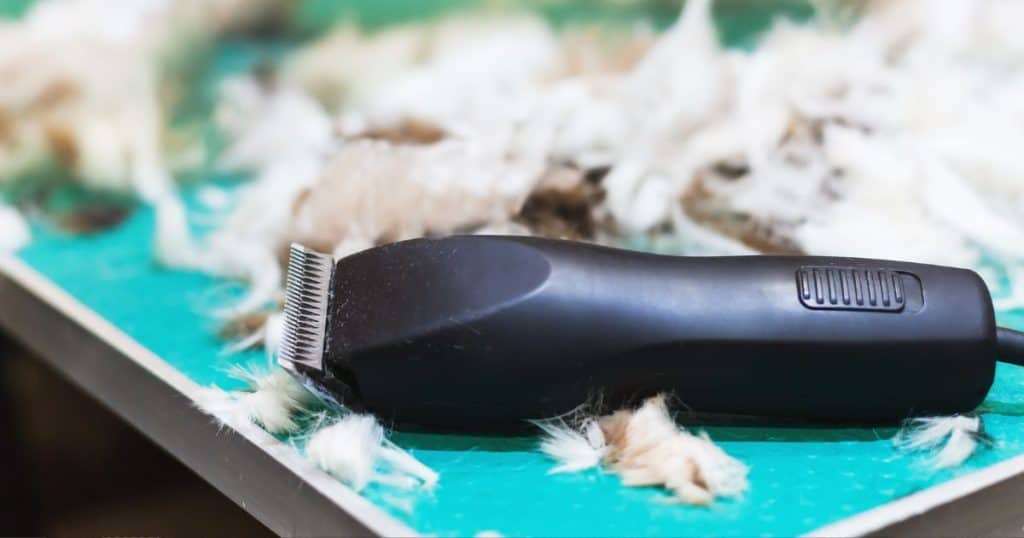
When it comes to dog grooming, choosing the right grooming blade is crucial. Using the wrong blade can lead to a poor-quality cut, discomfort for your pet, or even injury. Here are some factors to consider when choosing the right grooming blade.
Blade Number and Hair Length
Grooming blades come in different sizes and are numbered accordingly. The higher the number, the shorter the hair length that the blade will cut. For example, a #10 blade will leave your dog’s hair at a length of approximately 1/16 of an inch, while a #5 blade will leave it at a length of approximately 1/4 of an inch.
It’s important to note that different areas of the dog’s body may require different blade lengths. For example, the face and paws may require a shorter blade, while the body may require a longer blade.
Coat Type Considerations
The type of coat your dog has should also be taken into consideration when choosing a grooming blade. Dogs with thick or curly coats may require a blade that is designed to cut through dense hair. On the other hand, dogs with fine or thin coats may require a blade that is gentler on their skin.
Dog Breed-Specific Blades
Some dog breeds have specific grooming requirements that may require a certain blade. For example, poodles require a specific blade for their signature haircut. It’s important to research your dog’s breed and their specific grooming needs to ensure you choose the right blade.
In conclusion, choosing the right grooming blade is essential for a successful dog grooming session. Consider the blade number, coat type, and breed-specific requirements to ensure you choose the right tool for the job.
Dog Grooming Blade Chart Explained
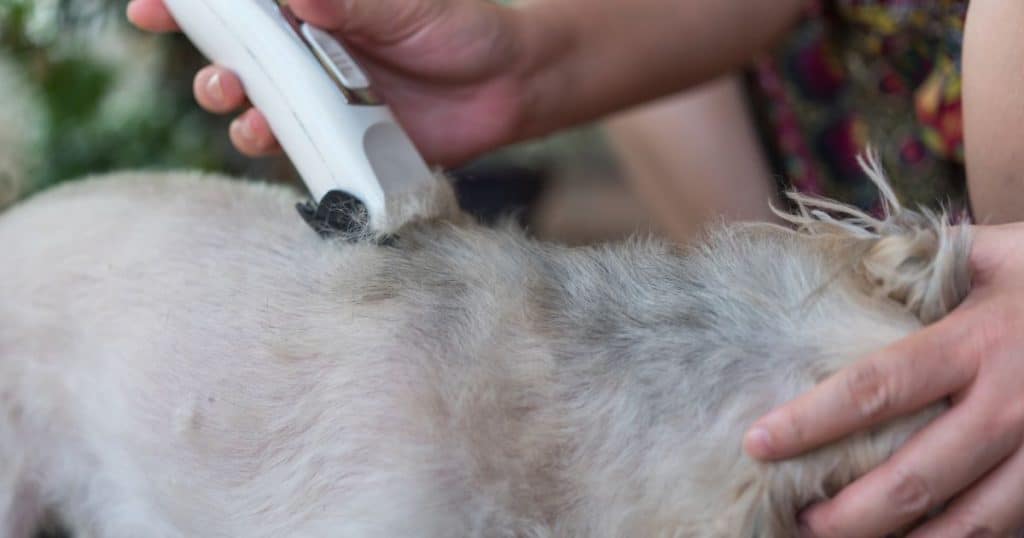
If you’re looking to groom your dog at home, you’ll need to invest in a set of dog grooming clippers. However, with so many different blade sizes and types available, it can be challenging to know which one to use. In this section, we’ll explain the different types of dog grooming blades and when to use them.
Standard Blade Chart
Standard blades are the most commonly used dog grooming blades. They come in a wide range of sizes, from #10 (1/16″) to #40 (1/100″). The higher the number, the shorter the cut. Here’s a chart that shows the different blade sizes and the length of hair they leave:
| Blade Size | Length of Hair Left |
|---|---|
| #10 | 1/16″ |
| #15 | 3/64″ |
| #30 | 1/50″ |
| #40 | 1/100″ |
The #10 blade is the most commonly used blade size and is suitable for most dog breeds. It’s perfect for trimming the face, feet, and sanitary areas. The #30 blade is ideal for close clipping and is often used for surgical preparation. The #40 blade is the shortest blade available and is used for extremely close clipping, such as for show dogs.
Skip Tooth Blade Chart
Skip tooth blades are designed for use on dogs with thick or matted fur. They have wider gaps between the teeth, which allows them to cut through thick fur more easily. Here’s a chart that shows the different skip tooth blade sizes and the length of hair they leave:
| Blade Size | Length of Hair Left |
|---|---|
| #3 | 1/2″ |
| #4 | 3/8″ |
| #5 | 1/4″ |
| #7 | 1/8″ |
| #9 | 5/64″ |
The #5 skip tooth blade is the most commonly used skip tooth blade size and is suitable for most dog breeds. It’s perfect for trimming the body and legs. The #3 skip tooth blade is ideal for cutting through thick fur and is often used for heavy matting. The #9 skip tooth blade is the shortest skip tooth blade available and is used for extremely close clipping.
In conclusion, understanding the different types of dog grooming blades and when to use them is essential for achieving a professional-looking groom. The standard blade chart and skip tooth blade chart provided in this section should help you choose the right blade size for your dog’s grooming needs.
Maintaining Grooming Blades
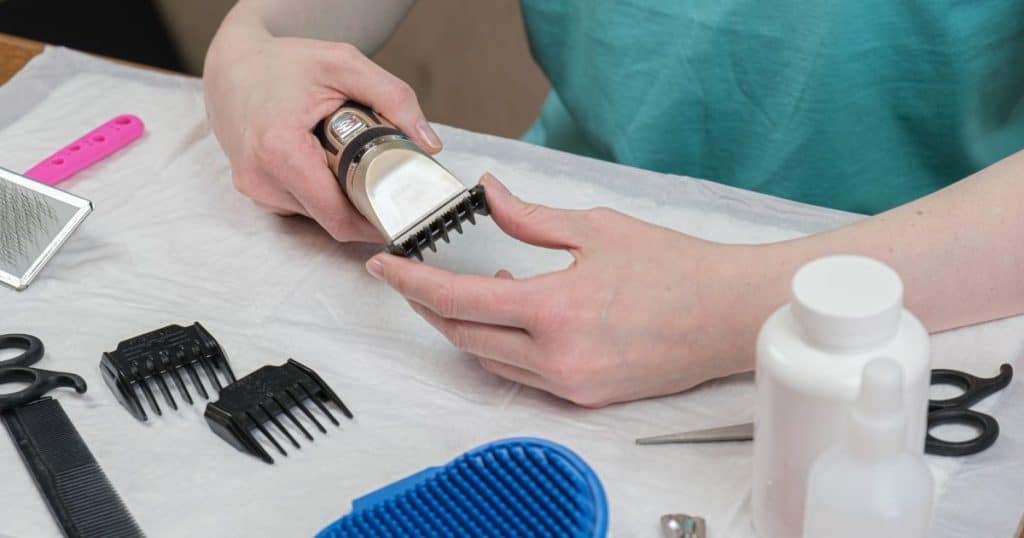
As a responsible pet owner, you know that grooming your dog is an essential part of their overall health and well-being. Keeping your dog’s coat clean and well-groomed is not only aesthetically pleasing but also helps prevent skin problems and matting. One of the most important tools you’ll need for grooming is a set of dog grooming blades. In this section, we’ll go over the proper maintenance of grooming blades to ensure they last longer and work effectively.
Cleaning Process
After each use, it’s essential to clean the grooming blades thoroughly. Hair, dirt, and debris can accumulate on the blades, which can cause them to become dull and ineffective. To clean the blades, use a brush or a soft cloth to remove any debris. You can also use a blade wash solution to clean the blades thoroughly. Simply apply the wash solution directly onto the blade and wipe it clean with a soft cloth. Be sure to dry the blades thoroughly before storing them away.
Blade Sharpening
Over time, grooming blades can become dull, which can make grooming more difficult and time-consuming. It’s essential to sharpen the blades regularly to ensure they work effectively. You can sharpen the blades yourself using a sharpening stone or send them to a professional for sharpening. If you choose to sharpen the blades yourself, be sure to follow the manufacturer’s instructions carefully.
Regular maintenance of your grooming blades is essential to ensure they last longer and work effectively. By following the cleaning process and sharpening the blades regularly, you can ensure that your dog’s coat is always well-groomed and healthy. Remember to store the blades in a safe place when not in use and replace them when they become too dull or damaged.
Safety Tips for Using Grooming Blades
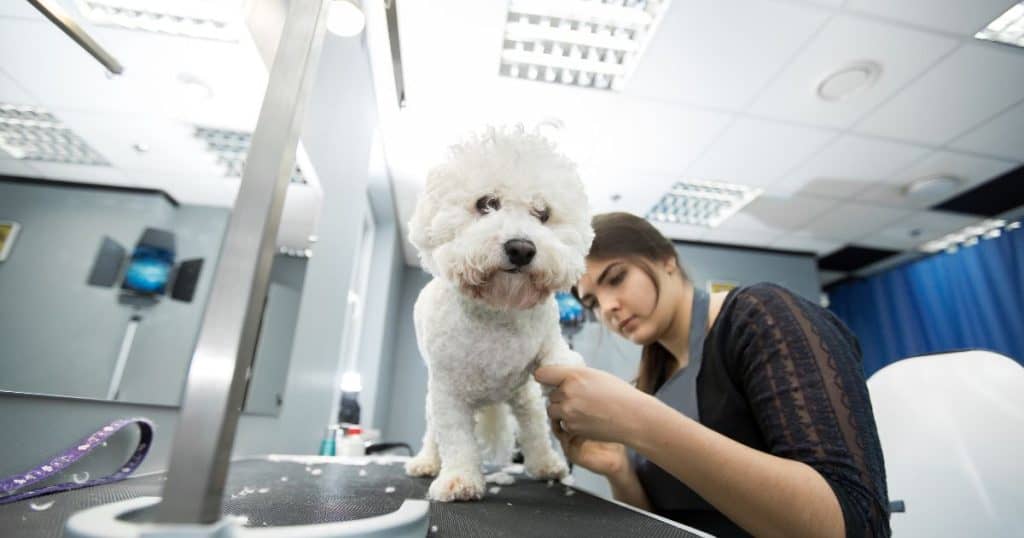
When it comes to grooming your furry friend, safety should always be your top priority. Using the right grooming blades is an important aspect of pet grooming, but it can also be dangerous if not handled properly. Here are some safety tips to keep in mind when using grooming blades:
- Always make sure that the blade is sharp and in good condition before using it. Dull blades can cause skin irritation and discomfort to your pet.
- Avoid using blades that are too short or too long for your pet’s hair. Using the wrong blade can cause skin irritation, cuts, and burns.
- Before using the blade, make sure that your pet’s coat is clean and free from tangles. Tangled hair can cause the blade to pull and tug on your pet’s skin, causing pain and discomfort.
- Keep the blade clean and well-oiled to ensure that it glides smoothly over your pet’s coat. A dirty or rusty blade can cause skin irritation and discomfort to your pet.
- Always use the blade in the direction of hair growth. Going against the grain can cause skin irritation, cuts, and burns.
- Be extra careful when grooming sensitive areas such as the ears, paws, and genital area. These areas are more prone to cuts and irritation.
- If you’re new to pet grooming, consider taking a class or consulting with a professional groomer to learn the proper techniques and safety precautions.
By following these safety tips, you can ensure that your pet’s grooming experience is safe, comfortable, and enjoyable. Remember, pet grooming should be a positive experience for both you and your furry friend.
Before You Go
In conclusion, understanding the correct hair length dog grooming blade chart is essential for any pet owner who wants to groom their dog at home. It is crucial to choose the right blade size and comb attachments to achieve the desired hair length for your dog’s coat type.
By using the dog clipper blade sizes chart, you can determine the length of the blades and combs, and which one is best suited for your dog’s coat. The higher the blade number, the shorter the cut will be, so it is important to choose the right blade size to avoid cutting your dog’s hair too short or too long.
When selecting the right blade size, it is important to consider the breed and coat type of your dog. For example, a #10 blade is suitable for short-haired breeds, while a #5 blade is better for long-haired breeds.
It is also important to keep your blades sharp and well-maintained to ensure they cut properly. Dull blades can cause discomfort and irritation to your dog’s skin, so it is recommended to have them sharpened regularly.
In summary, the hair length dog grooming blade chart is a helpful tool for pet owners who want to groom their dogs at home. By using the correct blade size and comb attachments, you can achieve the desired hair length for your dog’s coat type, and keep them looking and feeling their best.
FAQs
What is the standard length of a #5 dog grooming blade?
A #5 dog grooming blade typically leaves hair at a length of 1/4 inch. This blade is commonly used for trimming the body of dogs with medium to long hair.
What is the difference between a #7 and #10 dog grooming blade?
A #7 dog grooming blade leaves hair at a length of 1/8 inch, while a #10 blade leaves hair at 1/16 inch. The #7 blade is commonly used for trimming the face, feet, and tail of dogs, while the #10 blade is popular for shaving the belly and sanitary areas.
How do you determine which blade size to use for different dog breeds?
The blade size you use for a dog breed will depend on the length and texture of their fur, as well as the desired grooming style. For example, a Poodle with curly hair will require a different blade size than a Golden Retriever with straight hair. It’s important to research the specific grooming needs of a breed before selecting a blade size.
What is the purpose of guard comb lengths in dog grooming?
Guard combs are attachments that can be added to dog grooming blades to leave hair at a longer length. They are often used to achieve a specific grooming style or to leave hair longer in certain areas. Guard combs come in a variety of lengths, ranging from 1/8 inch to 1 inch.
What are the most commonly used dog clipper blade sizes?
The most commonly used dog clipper blade sizes are #10, #30, and #40. These blades are versatile and can be used for a variety of grooming tasks, from trimming to shaving.
How often should you replace your dog grooming blades?
It’s important to replace your dog grooming blades regularly to ensure they remain sharp and effective. How often you replace them will depend on how frequently you use them and the quality of the blades. As a general rule, blades should be replaced every 6-12 months or when they become dull or damaged.
Remember to always research the specific grooming needs of your dog breed and select the appropriate blade size accordingly. Using the right blade size can make a big difference in the outcome of your grooming session.

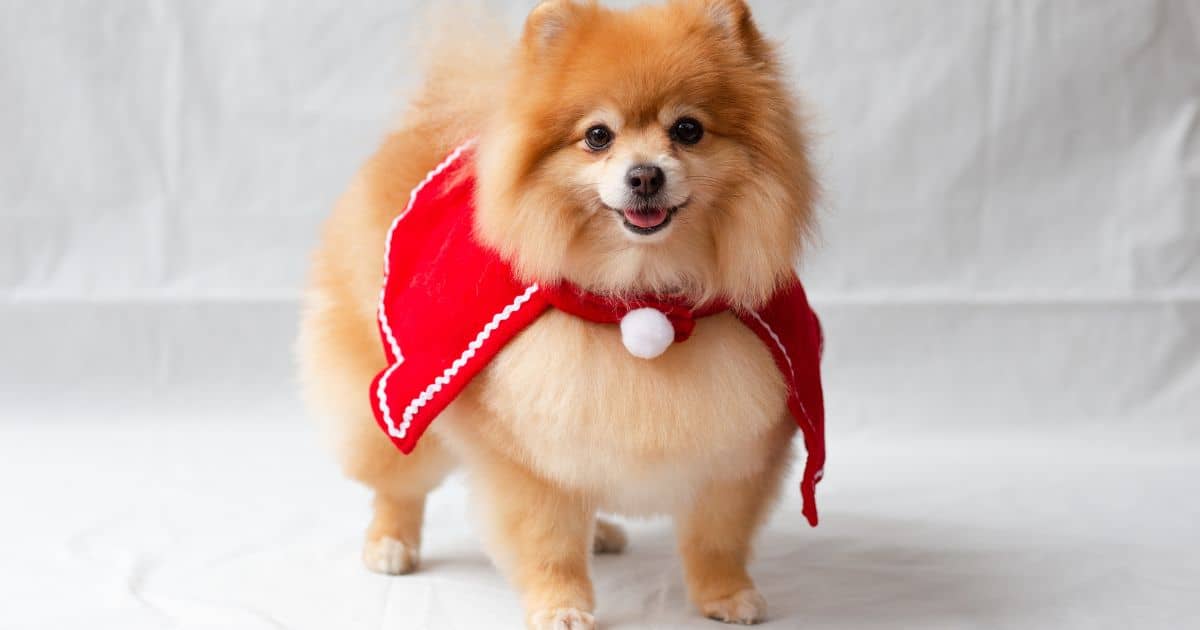
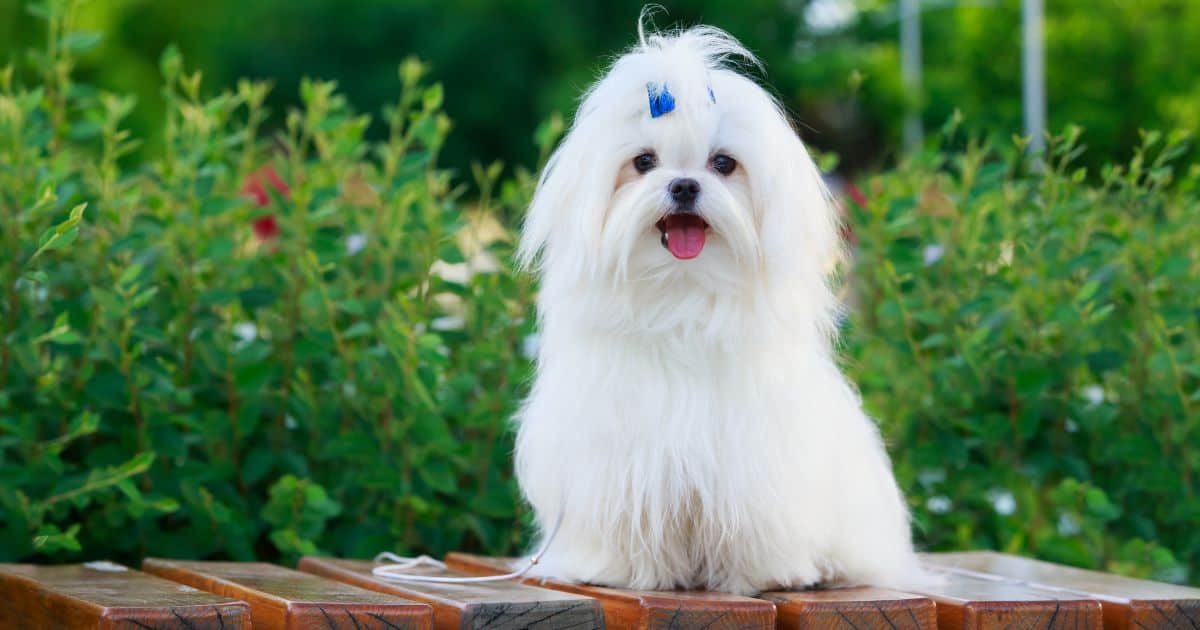

Leave a Reply
You must be logged in to post a comment.